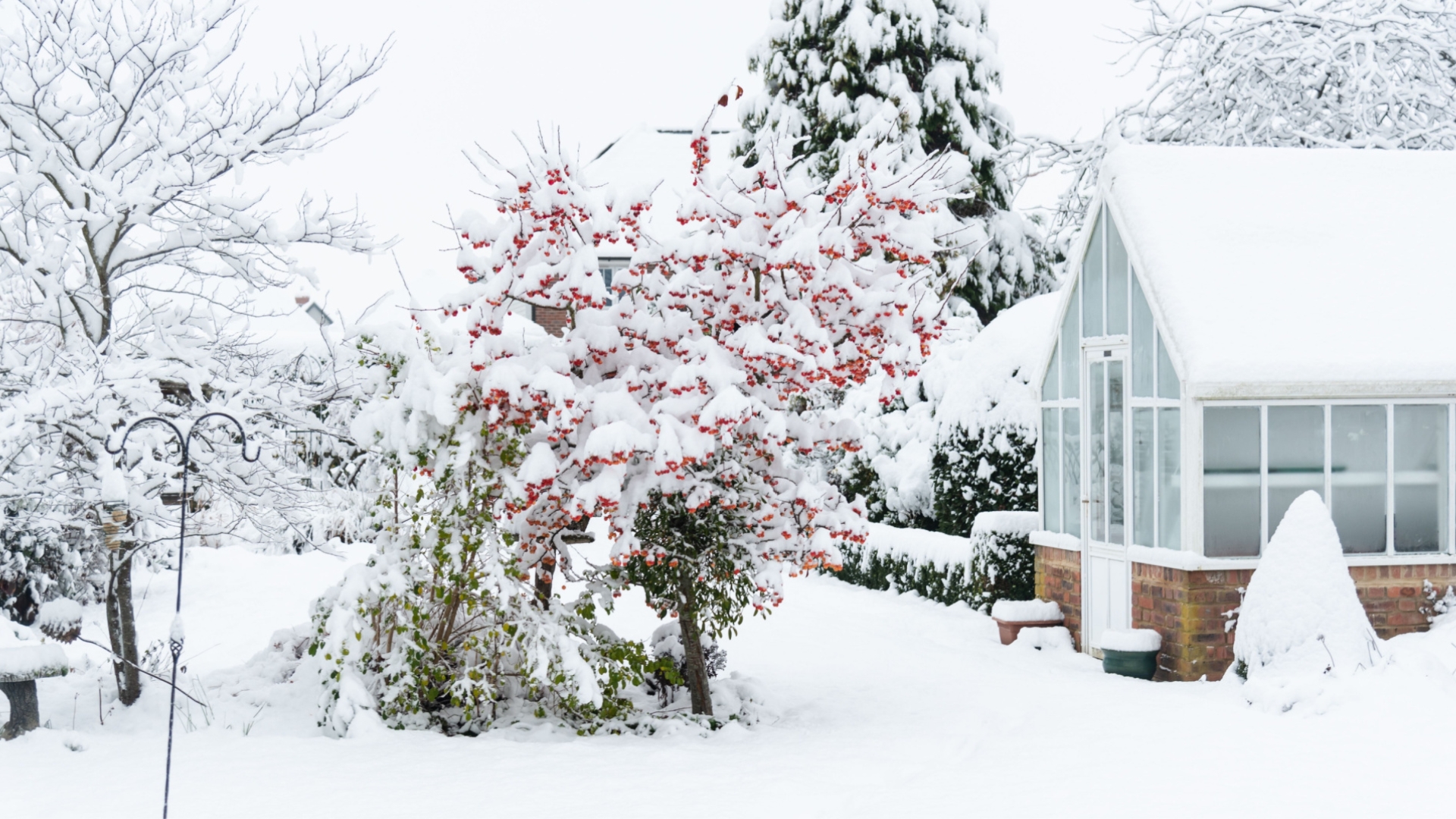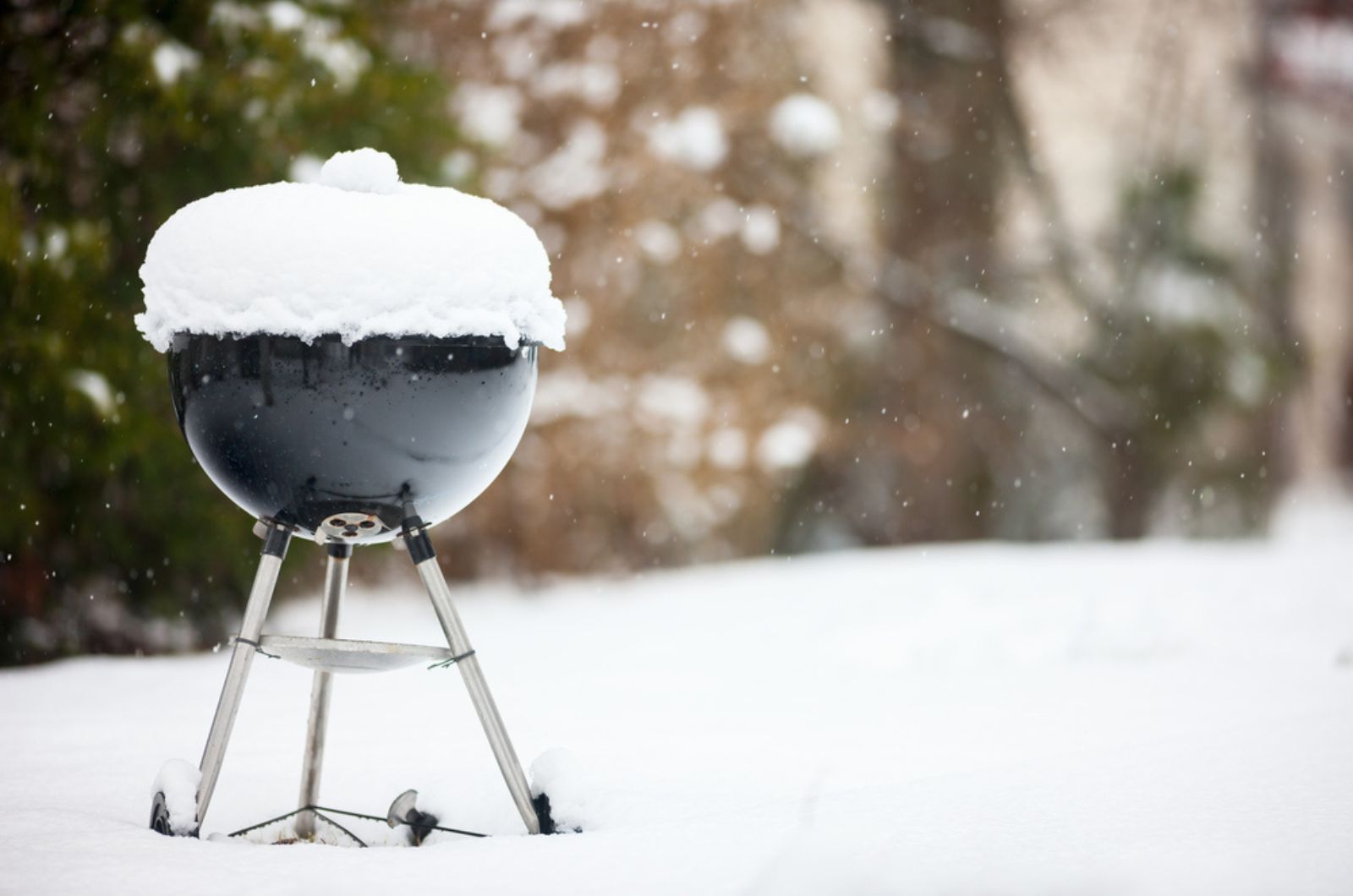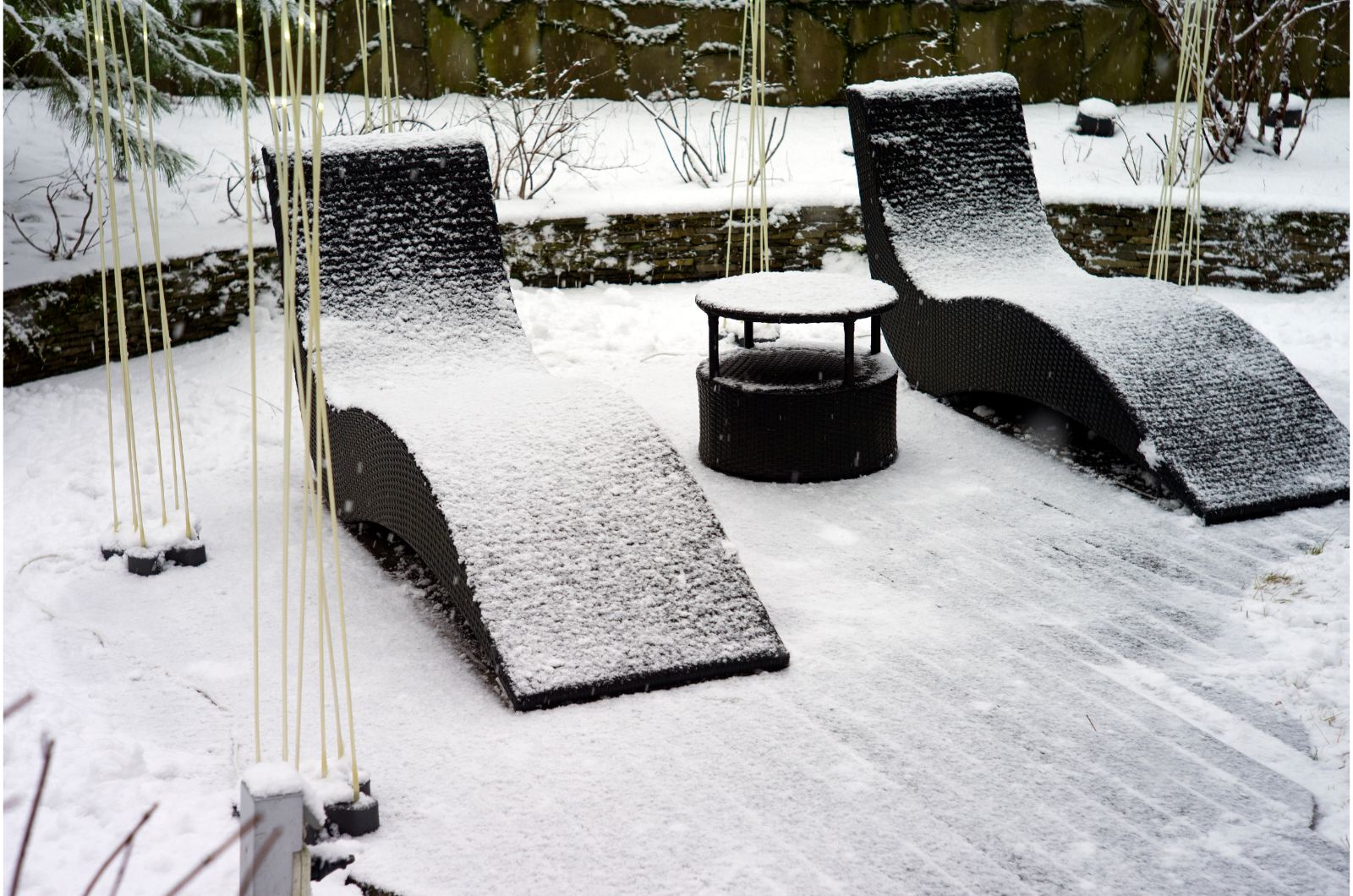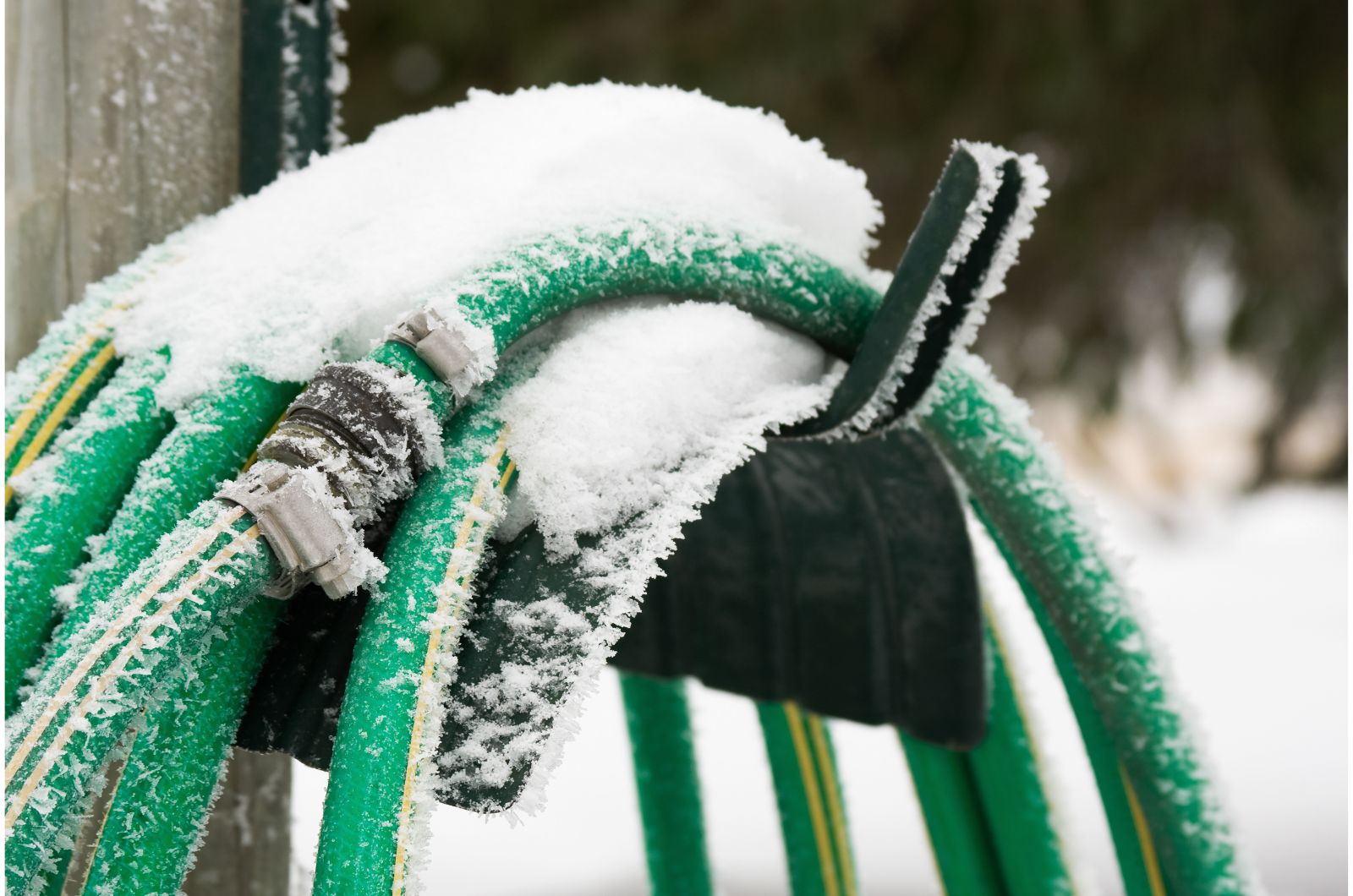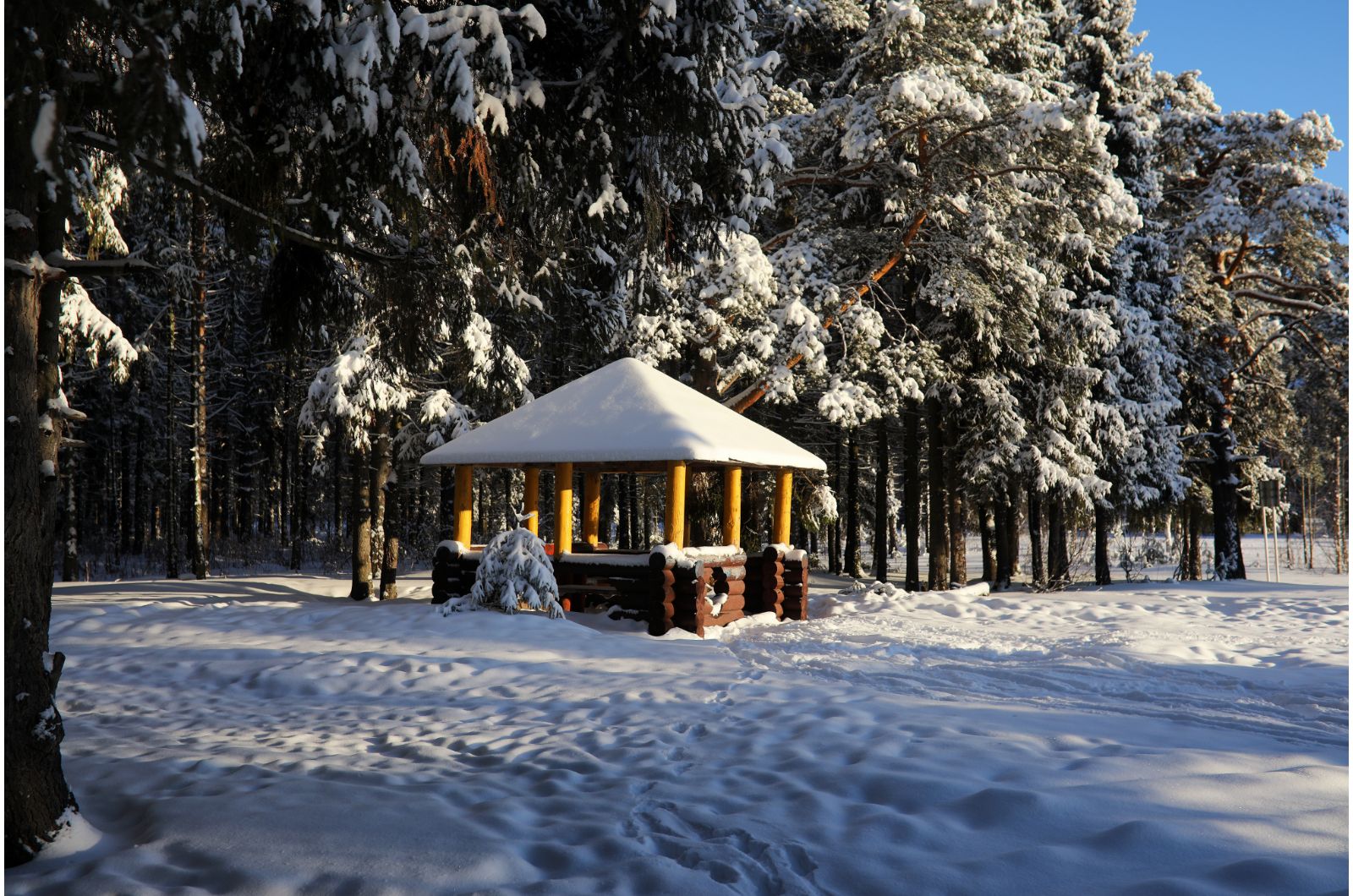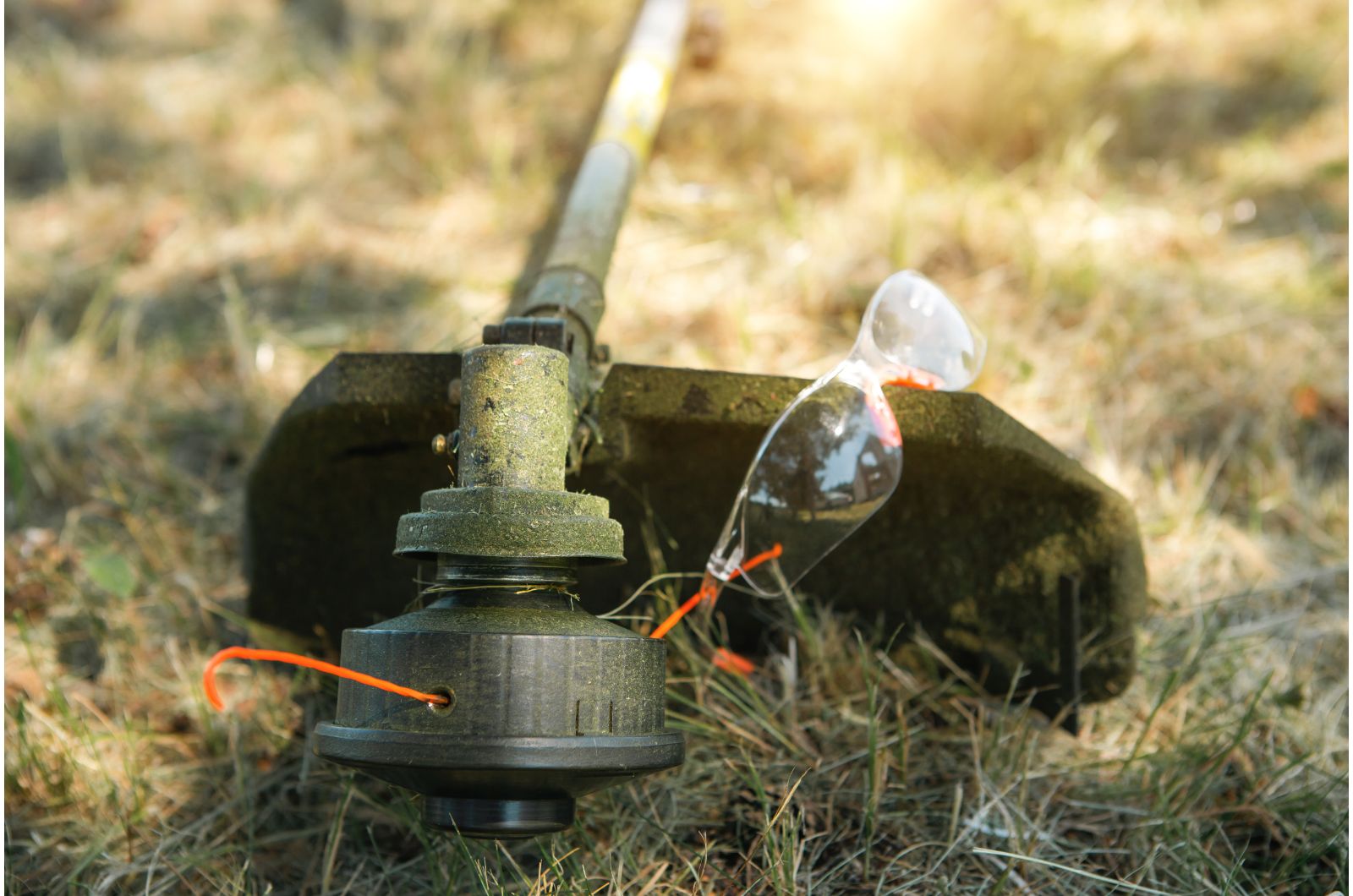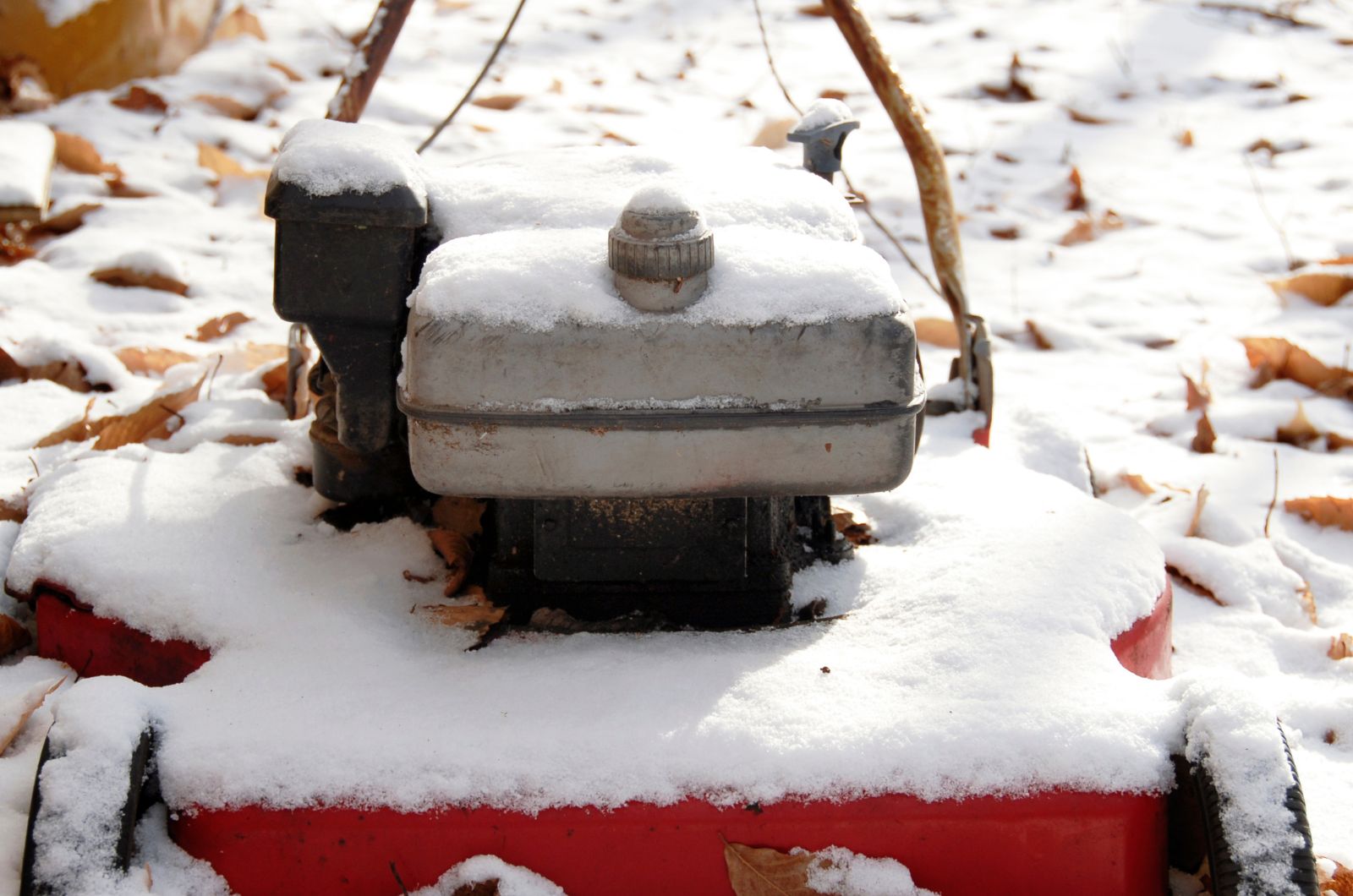With a cool-down that has enveloped half the country over the last few weeks, it is important to prepare your outdoor garden equipment as best you can.
These items don’t come cheap, which is why it’s crucial to store them the right way and make them last.
The following list includes 7 garden items that you shouldn’t keep outdoors during winter. This by no means indicates that you can’t do that, but if you want to ensure their longevity, it’s best to store them indoors.
Let’s get started!
#1 Barbecue Grill
No one can stop you from grilling in winter, but chances are this item will have to wait at least until mid-spring for you to fire it up again.
Damp will lead to corrosion, and cooking on a corroded grill may contaminate your food and affect your health.
Take your grill to a garage, basement, or shed. And if you don’t have these spaces or any room left in them, find a dry spot outdoors and place your barbecue grill there. Your porch is perfect for this.
Don’t forget to weight the grill to prevent harsh winds from tipping it over and damaging it or something else in the process.
#2 Garden Furniture
I know how crazy this might sound. Garden furniture is designed for outdoor use all year long. But a trickle of rain is much different than freezing temperatures and harsh winds.
Wear and tear will soon start to show up on your expensive seating area.
The good news is that there’s a way to protect the furniture even if you don’t have enough room to take them indoors. Cover the seating area with old sheets or frost cloths and take cushions, synthetic rugs, etc. indoors.
Weight the durable covers to the ground and no wind or cold will be able to damage your furniture.
#3 Garden Hose
One garden item we tend to forget about is the hose. Even if you have the best garden hose for your pressure washer, improper storage and freezing temperatures will be the end of it.
If it freezes, chances are it will break and lose its entire purpose.
Once the temperature plunges, empty the hose of all water, coil it up, and store it in a dry location.
You can get a hose hanger if you don’t want to lose storage space on this item. It will reduce the chances of freezing and cracking.
#4 Gazebo
Yes, even your gazebo needs proper storage and protection during winter. Harsh winds and cold damage will start to show up on it sooner than later.
The best thing you can do is disassemble it and store the pieces in your shed or garage.
If this isn’t possible, or you don’t want to tackle this amount of work, you need to check up on your gazebo every now and then. Tighten the loosened screws and ground it properly to avoid structural damage.
Extra weight from snow can result in damaged woodwork, frames, and fabrics. Protect the latter with covers and shovel the snow whenever it piles up.
#5 Grass Trimmer
Grass trimmers are an amazing tool to have if you own a large property. Yet, you have to store it the right way over winter to keep it running for years to come.
Before putting it away, clean the trimmer of all plant material, debris, and grass blades. Unplug it, remove the battery, or empty the gas tank.
Store it in a dry spot. Hanging it on the wall of your shed or garage would be the best case scenario.
If this isn’t an option, lay it horizontally out of harm’s way.
#6 Lawn Mower
Some of the most common Country Clipper mower problems come as a result of inadequate storage. Moisture and cold will cause it to corrode and lead to structural problems.
Luckily, you can avoid this by placing your mower in a garage, shed, or any place that isn’t too damp.
To reduce the chance of it rusting, keep your mower away from your other equipment. Ensure there’s plenty of free space around it to increase air circulation, and don’t keep it near walls where moisture lingers.
If you don’t have a garage or a shed, you can get a tarpaulin and tuck your mower in.
#7 Outdoor Plants
I know that bringing your plants indoors beats the whole purpose of calling them outdoor plants. But sometimes you just can’t risk it.
If you live in a cold region and have plants that need warmer temperatures, or the winter is extraordinarily cold, you should move these plants inside.
Leave the plants that are suitable for your USDA zone outdoors, but take the less hardy ones to your basement, garage, greenhouse, cold frame, etc.
Doing this will keep your plants alive and help you stop your terracotta pots from breaking.

